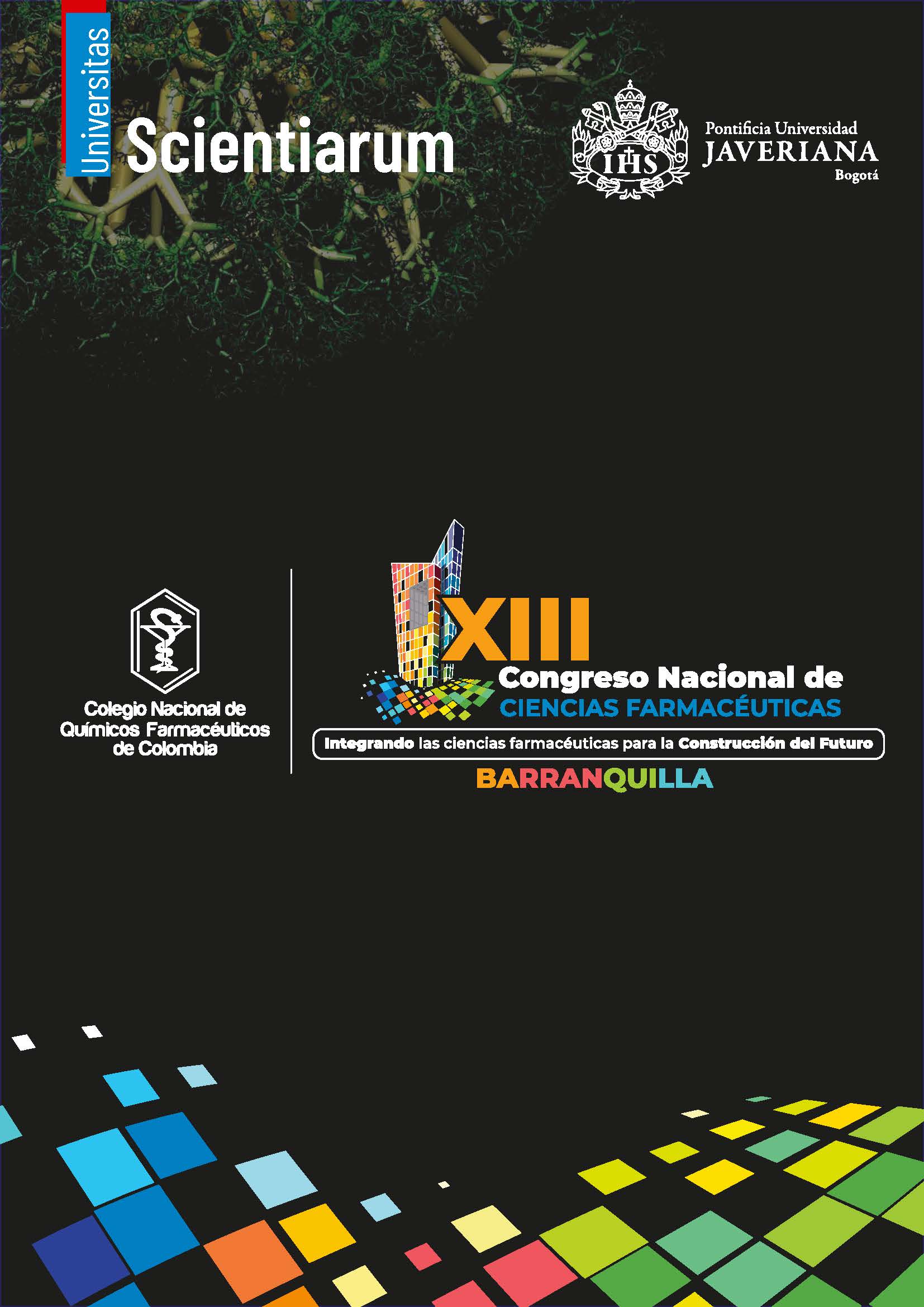Abstract
Mesoporous silica nanoparticles (SiO2-NPs) are promising systems for controlled drug delivery due to their biocompatibility, low toxicity, and functionalization potential. Identifying optimal synthesis parameters is essential to obtain nanoparticles with nanometric dimensions and physicochemical properties suitable for biomedical applications. In this study, the sol-gel method was employed using tetraethyl orthosilicate (TEOS) as a precursor and two surfactants for comparison: cetyltrimethylammonium bromide (CTAB) and Tween 80. Twelve experimental conditions were tested, varying pH (acidic and basic), homogenization type (magnetic stirring and ultrasonic cavitation), and reactant concentrations. The resulting samples were characterized by FT-IR, SEM, AFM, DLS, zeta potential, and cytotoxicity assays in L929 fibroblasts. The best synthesis conditions corresponded to high concentrations of TEOS and CTAB in a basic medium under ultrasonic cavitation. The nanoparticles obtained ranged from 50nm – 100nm in size, with spherical morphology and evidence of internal porosity. FT-IR confirmed Si–O–Si bond formation and surfactant removal after purification. SEM and AFM revealed homogeneous structures, while DLS corroborated particle size distribution within the expected range. Cytotoxicity assays demonstrated cell viability above 70 % for all samples, classifying them as non-cytotoxic according to ISO 10993-5. The combination of TEOS with CTAB under basic conditions and ultrasonic cavitation enabled the synthesis of stable, biocompatible, and non-cytotoxic mesoporous silica nanoparticles with potential for future drug delivery applications. The influence of surfactant type on internal morphology highlights the importance of optimizing critical synthesis parameters. Further studies on surface functionalization and pore size distribution are recommended to advance toward clinical applications.

This work is licensed under a Creative Commons Attribution-NonCommercial 4.0 International License.


